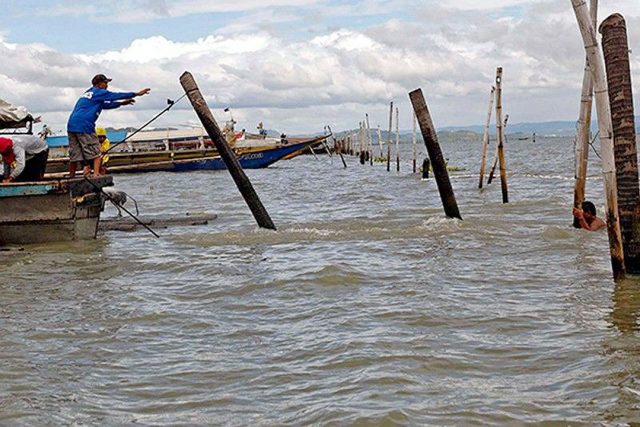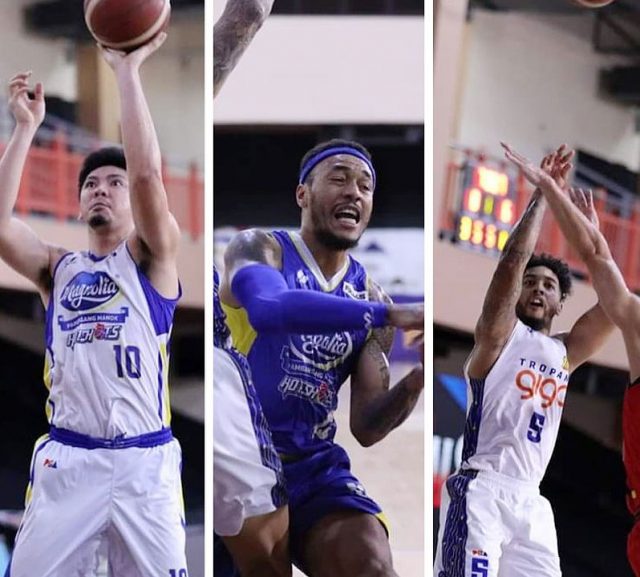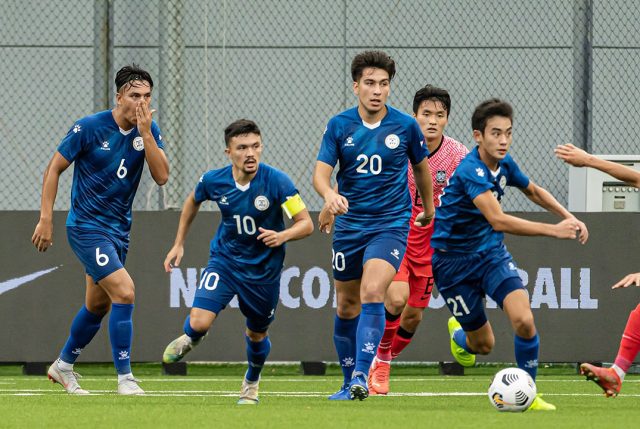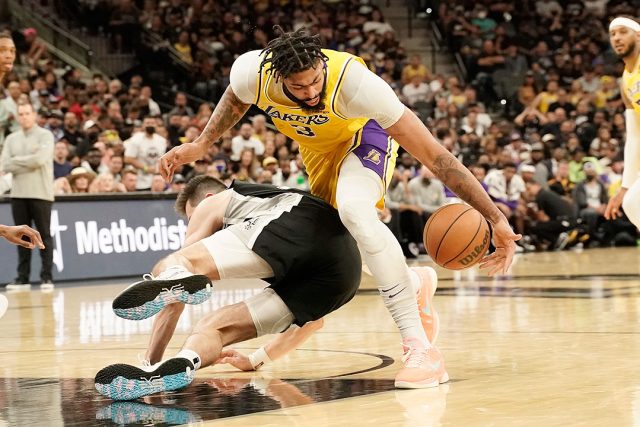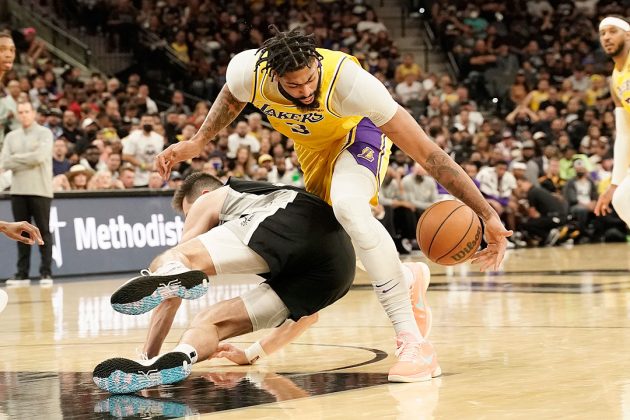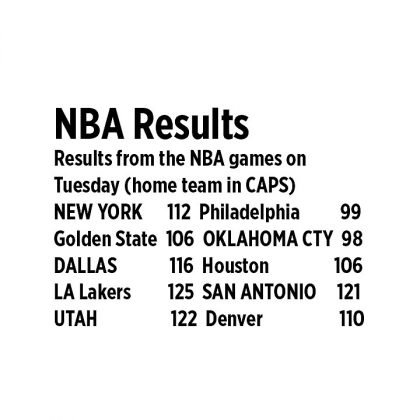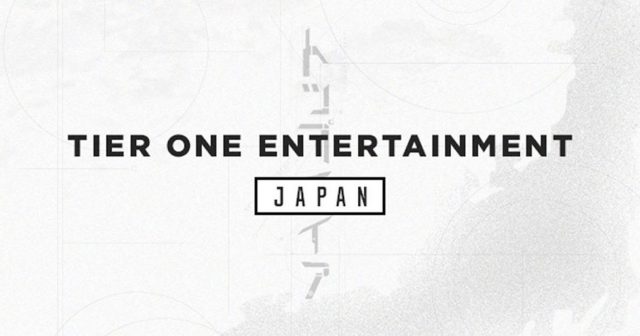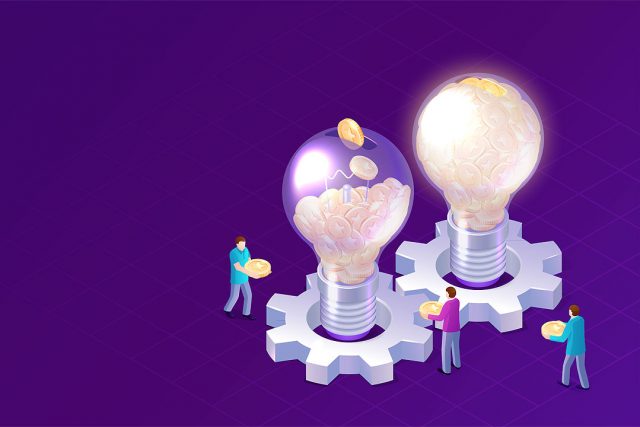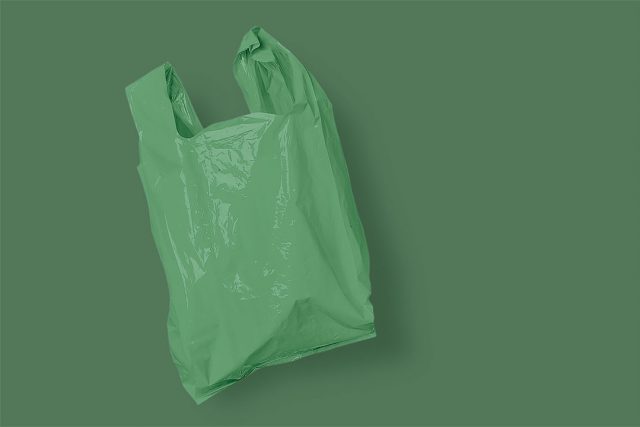As we inexorably head toward the elections on May 9, 2022, we reflect on the political marketing landscape and how things are shaping up as candidates stick to what their handlers or campaign managers have prescribed for a victorious campaign.
One of the key parts of any campaign is communications or messaging strategy, which has a symbiotic relationship with overall perception management or even brainwashing.
Those who know both the theoretical and practical aspects of political messaging realize that at the end of the day, the purpose of all communications and messaging is to convince the voter to elect a particular individual or political party.
Since advertising is expensive and there is a heavy barrage of competing messages that create clutter, one’s message must be short, succinct, compelling, memorable, and credible or truthful. A message is propaganda and there is nothing wrong with propaganda as long as the message is true and not a dressed-up pack of lies reminiscent of the Martial Law years.
With the abundance of fake news, competing messages and objective reality are ignored in place of incredible conspiracy theories and glossy but misleading presentations peddled by so-called influencers. Executing true and ethical messaging has become a very daunting challenge. The work needed to counteract organized and systematic brainwashing multiplies a hundredfold if the sponsor of false information has billions of pesos and dollars at his disposal. The challenge becomes even greater if, as is usually the case, the lies had been repeatedly uttered and were unchallenged for so long. In short, anyone who has heavily invested in historical revisionism and misinformation for several years has a head start. This early lead can however be overcome by repeatedly telling the truth about your candidate and allowing others to tell the truth about your opponent(s); “If you don’t stop telling lies about me, I’ll tell the truth about you.”
If there is any organization to account for the proliferation of lies, revisionism, hatred, anger, and envy, and for contributing to the threats to democracy, one of them has to be Facebook. The company is now being investigated both in the United States and the UK. The hate speech and the societal division that Facebook condones, promotes, and tolerates, albeit profitable, has created a toxic atmosphere of deception and extreme rightist and autocratic behavior.
What makes messaging even tougher is the COVID pandemic which, if not managed wisely through practical measures, could result in voter disenfranchisement, suppression, or denial. Serious presidential candidates are advised to frame a part of their messaging around what they plan to do to lick this health emergency which has affected the economy and other aspects of life like food security, nutrition, education, peace and order, and work and livelihood opportunities. The credibility of what one promises to do to overcome the pandemic challenge is, however, put very much under microscopic scrutiny and referenced with what one has actually done (or not done) in the frontlines as one’s contribution to the overall effort to alleviate the problems created by the pandemic. Nonchalance will not help.
We now look at how the campaigns of “leading” presidential candidates execute their communications and messaging strategy, i.e., What is their message.
Let’s start with the front runner, Ferdinand Marcos, Jr. Marcos Jr.’s basic messages are: avoid the mention of the family name for to do so is to stoke bitter memories of Martial Law and its uncommon corruption, brutality, and Imeldific extravagance in the middle of widespread poverty and economic deprivation. So, the message is use “BBM” for Bongbong Marcos. Those are the instructions of Cambridge Analytica and they are to be followed. (This according to news reports quoting Brittany Kaiser, a former Cambridge Analytica business development director-turned-whistleblower. The Marcos camp has denied any connection with Cambridge Analytica. — Ed.) After all, Cambridge receives millions of dollars in professional services. It has handled Trump, presidential wannabe Ted Cruz of Texas, and other Republicans who now idolize Trump. One other alleged Cambridge directive is the use of pink, the color of the opposition candidate, Vice-President Leni Robredo. That ploy is obviously meant to confuse the followers of the Vice-President.
Other messages include outright revisionism: that the dictator was “kidnapped” and did not flee the Philippines at the height of the EDSA People Power Revolution. That he had wanted to go to Ilocos but the Americans brought him to Hawaii… along with crates full of cash, jewelry, bank certificates, gold bars and other evidence of a “frugal” life.
Another message is that life during Martial Law was like living in the Garden of Eden, and so on and so on. There is, however, almost no mention of the Junior’s sterling record of public service in the Senate, as Governor of Ilocos Norte, and what he did during the height of the pandemic to help the people a la Patricia Non.
With respect to Junior’s scholastic record, an alleged statement of former Congressman Rudy Fariñas, another Ilocos Norte political kingpin, seems to indicate there are serious questions about Junior’s industry, diligence, and commitment to learning at Oxford, for example. Even his claim of having been a MILO kids taekwondo champion in 2000 at the age of 40 (seen on the candidate’s official website and now removed), stands out for its brazen lack of respect for martial arts’ unofficial but accepted code of ethics and for sports people’s ability to discern the truth behind the claim.
We still have to find official statements of his record as Senator and Ilocos Norte Governor, although there are supporters’ social media posts which include grabbing credit for a wind-powered energy project. There is very little in his corner’s messaging to indicate his grasp of the country’s problems aside from the usual lack of resources, some of which could be traced to Martial Law thievery and extravagance. There is no solid proof of sincere empathy for the marginalized, many of whom he, unfortunately, seems to have mesmerized with his slick YouTube and TikTok productions. None of these video productions can, however, back up the image of trustworthiness he is trying to cultivate.
The whole communications package seems consistent with Analytica’s tactics — confuse, confuse, with lots smoke and mirrors at this point, as it was during the Senior’s tenure and very similar to Trump’s Cambridge-backed campaigns. The only clear and consistent aspect of the messaging is the magnificence of the Junior’s campaign headquarters along the historic EDSA.
Manila Mayor “Yorme” Moreno’s message is: “I’m an action man. I act on the city’s problems right away especially during this pandemic. I sleep at City Hall to immediately act on problems. I’m here 24/7.” In short, Aksyon Agad (action at once). This go-to-guy narrative is spiced up with anecdotes of his impoverished youth — sleeping in Manila’s streets, eating restaurant left-overs, scrounging through garbage for plastic items for resale, Tondo Boy origins, working hard to enroll in some of the world’s finest institutions of higher learning. He caps off these inspiring stories with his folksy speeches which never fail to attract attention and sympathy.
But his telling Filipinos, in a dismissive manner, to “move on” and to stop blaming the Martial Law dictatorship for the country’s ills and murders and tortures, gets some people to jump up with alarm and ask some serious questions about his commitment to the rule of law and human rights. One gets to wonder that probably he’s unaware that poverty, his early status, prevents the enjoyment of the full range of basic human rights. Stating his admiration for both the dictator and Lee Kuah Yew probably has Lee turning in his grave.
The probable impression created is that Yorme needs more seasoning and needs to think more deeply about significant cause and effect situations — that absolute power corrupts absolutely and ultimately leads to the deprivation of human and economic rights. He may continue to reflect profoundly on the reality that governing the Philippines is going to be much more complex than administering the affairs of the 42.88 square kilometer area of the capital city. Crossing swords at this time with the country’s second highest elected official may have created an image of arrogance and lack of humility.
Apart from messaging, Yorme and his handlers probably ought to look at their internal messaging and operations, taking into account signs of disarray and infighting within the Aksyon Demokratiko party, particularly in the matter of naming candidates at the local level. Yorme’s handlers ought to be reminded of what they very well know: “All politics is local.”
Next week: Messaging: VP Leni Robredo, Senator Panfilo Lacson, and Senator Manny Pacquiao
Philip Ella Juico’s areas of interest include the protection and promotion of democracy, free markets, sustainable development, social responsibility and sports as a tool for social development. He obtained his doctorate in business at De La Salle University. Dr. Juico served as Secretary of Agrarian Reform during the Corazon C. Aquino administration.


